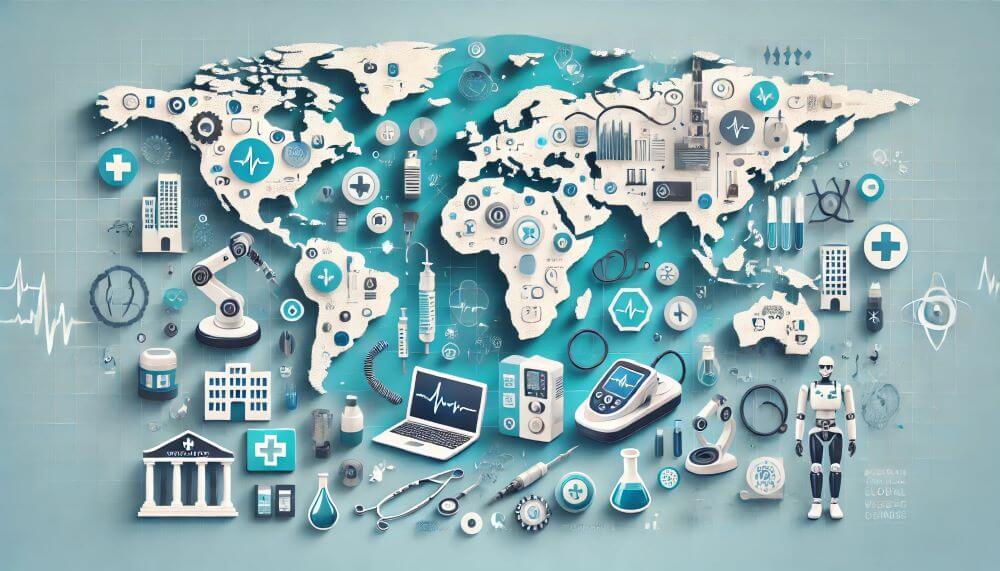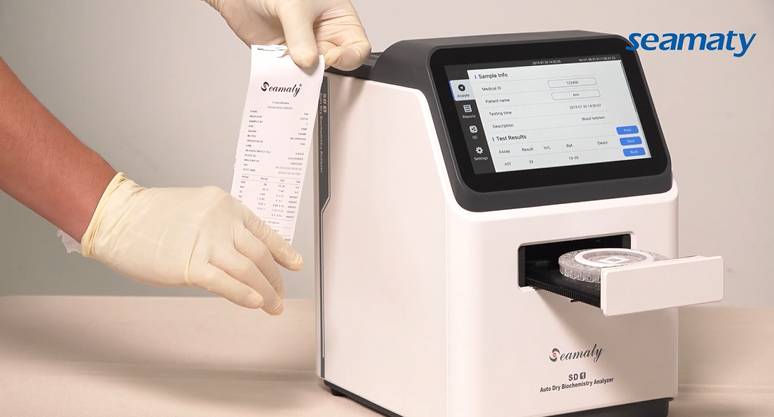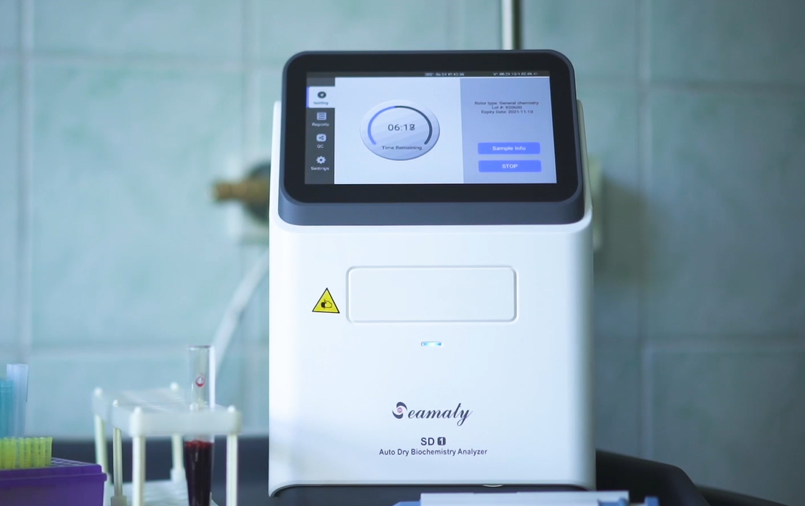release time:2024-10-17 16:38:54

In the dynamic healthcare industry, the medical device sector stands at the forefront of innovation, driving advancements that improve patient care and outcomes. Companies in this space range from established multinational giants to niche players specializing in specific treatments or technologies. Understanding these companies' market positions provides insights into their strategies, strengths, and roles in shaping the future of healthcare. This article explores the top three competitive tiers in the medical device industry based on market value and highlights the leading companies in each category.
The first tier consists of the world’s most influential medical device companies, each with a market capitalization exceeding $100 billion. These companies maintain their dominance through diversified portfolios, significant investments in research and development (R&D), and global market penetration.
Key Players in Tier 1:
Known for its diagnostics, medical devices, and nutritional products.
The Freestyle Libre glucose monitoring system has revolutionized diabetes management, becoming a flagship product.
A pioneer in robotic-assisted surgery with the Da Vinci system.
Dominates the minimally invasive surgery market and continues to expand into new areas, such as single-port surgeries.
Specializes in orthopedic implants, surgical equipment, and neurotechnology.
The Mako robotic surgery system has made Stryker a leader in joint replacement solutions.
One of the largest medical technology companies, with products in cardiology, neurology, and diabetes care.
Known for its expertise in implantable devices like pacemakers and insulin pumps.
Focuses on cardiovascular, urology, and endoscopy products.
Renowned for its stents, catheters, and ablation devices for treating arrhythmias.
Why Tier 1 Companies Lead:
These market leaders excel through continuous innovation and by entering multiple healthcare domains. Their extensive global presence and ability to adapt to changing healthcare needs give them a competitive edge.
The second tier comprises well-established companies that have built strong foundations in specific healthcare domains. Although they might not match Tier 1’s scale, their specialized expertise and legacy positions keep them competitive.
Notable Tier 2 Companies:
A leader in imaging technologies, including MRI and CT systems.
Also offers laboratory diagnostics and point-of-care testing solutions.
Known for diagnostic imaging and patient monitoring technologies.
Recently shifting focus toward digital healthcare and precision medicine.
Specializes in diagnostic imaging, patient monitoring, and sleep/respiratory care.
Invests heavily in connected care and AI-powered health solutions.
A market leader in endoscopic and minimally invasive surgical instruments.
Known for advancing gastrointestinal diagnostics through innovative endoscopy systems.
What Keeps Tier 2 Companies Competitive:
These companies leverage their technological expertise and legacy products while also adapting to new market trends, such as AI-powered diagnostics and digital health solutions. Many Tier 2 players are also focusing on partnerships and acquisitions to expand their portfolios and strengthen their market positions.
The third tier consists of smaller but highly innovative companies that focus on specific niches within the medical device market. While their market value is more modest, their agility and specialization give them a distinct advantage in particular fields.
Examples of Tier 3 Companies:
A leader in transcatheter heart valve replacement technology.
Its innovations have significantly improved outcomes for patients with cardiovascular conditions.
Known for its Omnipod insulin delivery system.
Plays a crucial role in improving the quality of life for people with diabetes.
Examples include Terumo (cardiovascular solutions) and Hologic (women’s health and diagnostics).
These companies often dominate specific market segments with little competition.
How Tier 3 Companies Thrive:
These companies focus on deep expertise in niche areas, where innovation can make a meaningful impact. By remaining agile and targeting unmet needs, they often become acquisition targets for larger companies or develop into market leaders in their specific domains.
|
Tier |
Market Value |
Key Players |
Focus Areas |
Competitive Strengths |
|
Tier 1 |
Over $100 billion |
Abbott Laboratories |
Diagnostics, glucose monitoring (Abbott) |
Diversified portfolios, global presence, and continuous innovation |
|
Tier 2 |
$200-1000 billion |
Siemens Healthineers |
Medical imaging (Siemens, GE, Philips) |
Legacy companies with specialized expertise; adapting with AI and digital health |
|
Tier 3 |
$50-200 billion |
Edwards Lifesciences |
Cardiovascular (Edwards) |
Niche specialization, agility, and innovation in targeted fields |
The medical device industry continues to evolve as companies adapt to new healthcare challenges and technological advancements. While Tier 1 companies dominate the global landscape with extensive portfolios and resources, Tier 2 players remain resilient by leveraging their legacy and pivoting towards new technologies. Meanwhile, Tier 3 companies push the boundaries of innovation in specialized fields, often disrupting traditional markets.
Understanding the dynamics of these three competitive tiers provides valuable insight into how the medical device sector will shape the future of healthcare. As new technologies like AI, robotics, and precision medicine gain prominence, we can expect further shifts in market leadership and exciting innovations across all tiers.
(This article is based on publicly available information and is intended for informational purposes only; it does not constitute any investment advice.)
2022-09-30
Blood tests are an essential part of our regular routine medical checkups. The up and down arrows in the test results make us wary. So which items are worthy of our attention?

2022-06-07
In medicine, biochemistry analyzers are considered one of the essential tools. They are used primarily for diagnosing and monitoring diseases, but they can also be used for other purposes such as drug testing and food analysis.

2021-09-15
What are the tips for routine maintenance of fully automated biochemistry analyzers? The daily maintenance of medical equipment is related to the normal operation of the instrument and the accuracy of the test results.